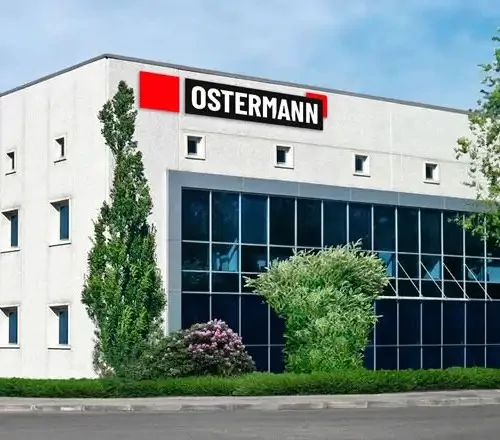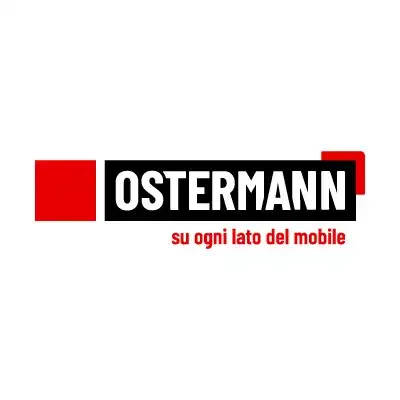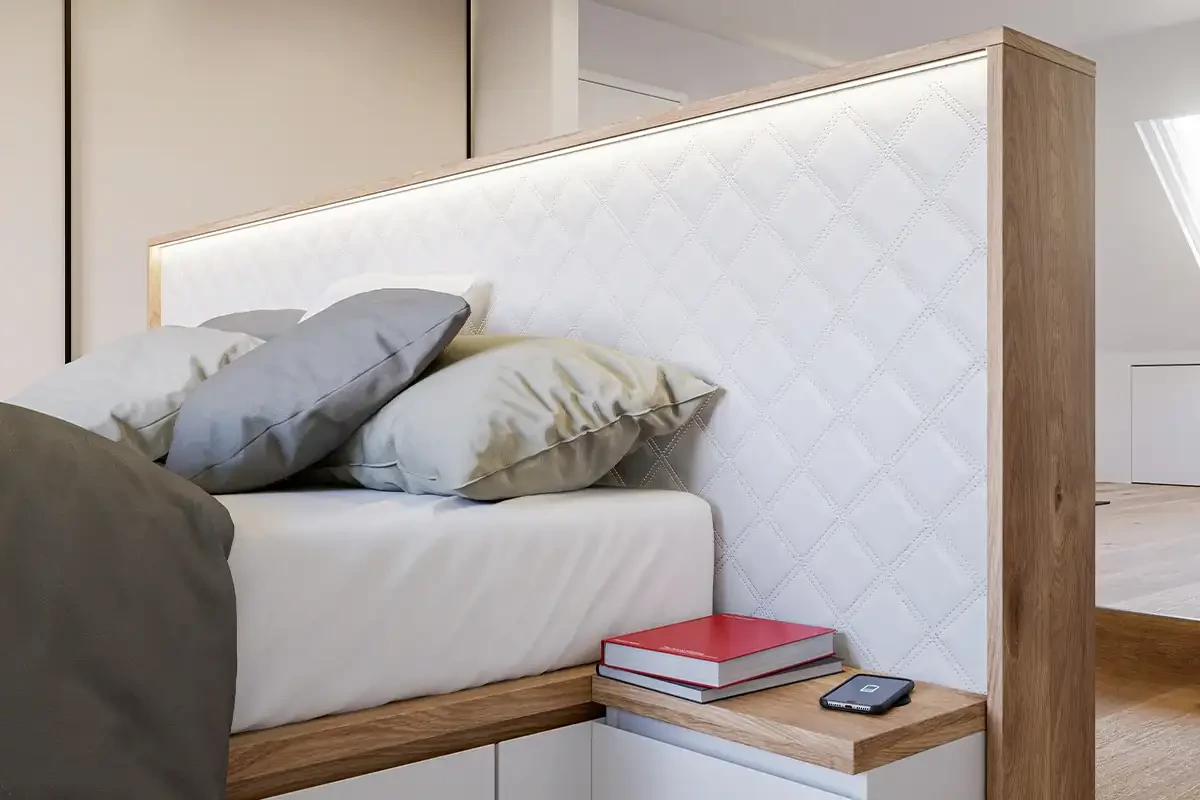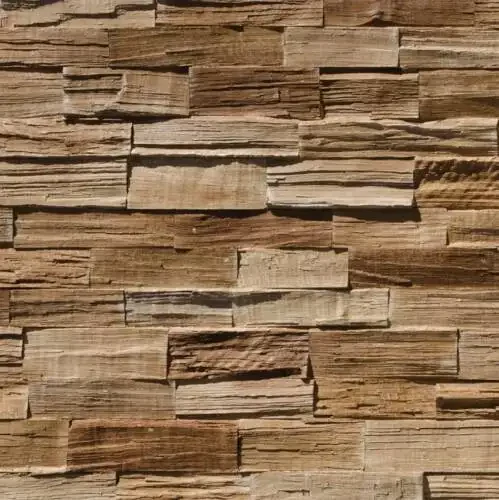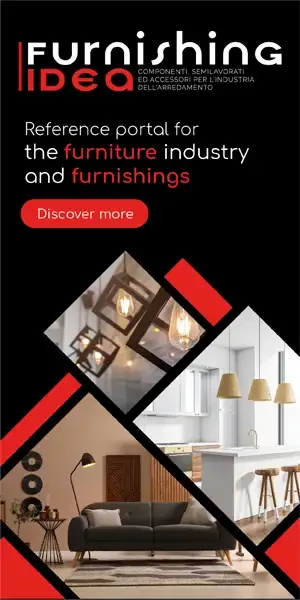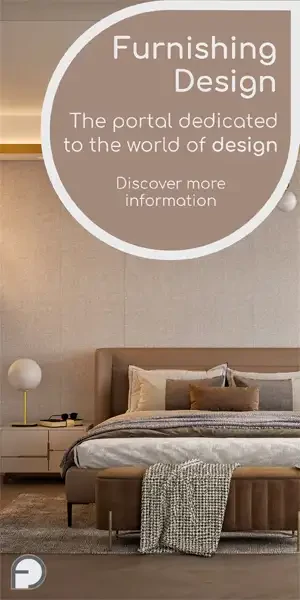Through company fact sheets, downloadable catalogs, technical articles and videos, the portal guides you to discover the best interior design solutions, with a constant focus on trends, new products and furniture technologies.
Surfaces are organized into six thematic categories designed for easy reference and research:
- Natural stone surfaces, for kitchen countertops and fine architectural details
- Melamine surfaces, versatile and decorative, ideal for modern furniture
- Laminate surfaces, durable and functional for high-use environments
- Wood surfaces, natural, veneered or sliced for custom projects
- Technological materials, such as solid surface, HPL, technical ceramics and composite materials
- Chipboards, structural solutions for the furniture industry
Each category includes products, brands, catalogs, and editorial content to help you select the right materials for every design need. Furnishing Surfaces: the online reference for those working with the materials of the future.
This section gathers the best technological materials for contemporary design, selected for their high technical quality and visual impact. The content includes products in compact, laminated, mineral, or hybrid material, used in high-traffic environments, public spaces, retail, healthcare and hospitality. The data sheets delve into performance, finishes, physical-mechanical properties and specific applications. A key resource for those designing with innovation.
Technological material surfaces represent a new frontier in the world of design and interior architecture. These are next-generation materials engineered to offer high technical performance, durability and aesthetic versatility.
Unlike traditional surfaces, these solutions combine technology, functionality and design, resulting in panels and claddings ideal for kitchens, bathrooms, public and commercial spaces.
Technological material surfaces can be produced with different compositions — compact, laminated, mineral or hybrid material — each with specific characteristics in terms of resistance, appearance and applications.
Types of technological material surfaces
Compact material surfaces
Compact material is a high-density panel obtained by pressing multiple layers of paper or fibers impregnated with thermosetting resins. Thanks to its solid, homogeneous structure, it is resistant to moisture, impact and scratches, making it ideal for kitchen countertops, bathroom countertops, vertical claddings and technical furniture.
Laminated material surfaces
Laminated material is composed of multiple layers of paper or fiber bonded under high pressure and heat, with a decorative surface that ensures excellent mechanical performance. This category includes technical laminates and compact HPL panels, widely used for worktops, partition walls, facades and high-use interior claddings.
Mineral material surfaces
Mineral material surfaces are derived from blends of natural minerals and acrylic or polymeric resins, resulting in non-porous, hygienic and repairable surfaces. They are perfect for kitchen countertops, integrated sinks, reception counters and public environments. They offer a continuous, refined aesthetic, with invisible joints and wide thermoforming possibilities.
Hybrid material surfaces
Hybrid material combines mineral components and advanced resins, offering a balance between natural aesthetics and technical performance. It is an advanced solution that marries the tactile effect of stone or concrete with the strength and lightness of composite materials. Perfect for design surfaces, vertical claddings, worktops and contemporary furniture components.
Applications of technological material surfaces
Technological material surfaces stand out for their wide adaptability:
- Indoors: ideal for kitchens, bathrooms, living areas and commercial spaces.
- Outdoors: perfect for ventilated facades and durable architectural claddings.
- In the contract sector: used in hotels, restaurants, showrooms and public spaces for their antibacterial, hygienic and long-lasting properties.
- In technical settings: suitable for laboratories, hospitals, schools and offices, thanks to ease of cleaning and chemical resistance.
Advantages of technological material surfaces
Choosing surfaces in compact, laminated, mineral or hybrid material means gaining numerous advantages:
- Resistance to impacts, scratches, heat and moisture.
- Hygiene and a non-porous surface.
- Durability and dimensional stability.
- Wide aesthetic freedom, with wood-, stone- or concrete-effect finishes.
- Sustainability, thanks to controlled production processes and recyclable materials.
Technological material surfaces: conclusions
Technological material surfaces represent a perfect synthesis of innovation, aesthetics and functionality. Compact, laminated, mineral and hybrid materials allow the creation of furniture, kitchen countertops, claddings and architectural surfaces of the highest level, suitable for interior design, residential, commercial and contract projects.
Thanks to their technical performance and contemporary design, these surfaces stand out as one of the most advanced and versatile choices in the field of furnishings and architecture materials.
Leather-Line: Sibu Design panels in Ostermann eco-leather
Ostermann Skelettblattla natural surfaces: transparent leaves for unique and sustainable interiors
Furniture Linoleum Dekstop by Ostermann
Furniture Linoleum by Ostermann
Dueals wood panel by Ostermann: decorative wood-effect cladding
Plywood wood-effect panel from Ostermann: walls and decorative claddings
The technological materials category is dedicated to innovative surfaces and coatings developed to meet high technical and aesthetic requirements. Here you will find all the latest on composite materials, solid surfaces, antibacterial, fireproof, water-repellent and self-repairing surfaces designed for furniture, interior design and contract projects. The proposed solutions are distinguished by strength, functional performance and environmental sustainability, offering designers and companies concrete tools for applied innovation.

 en
en  Italian
Italian


